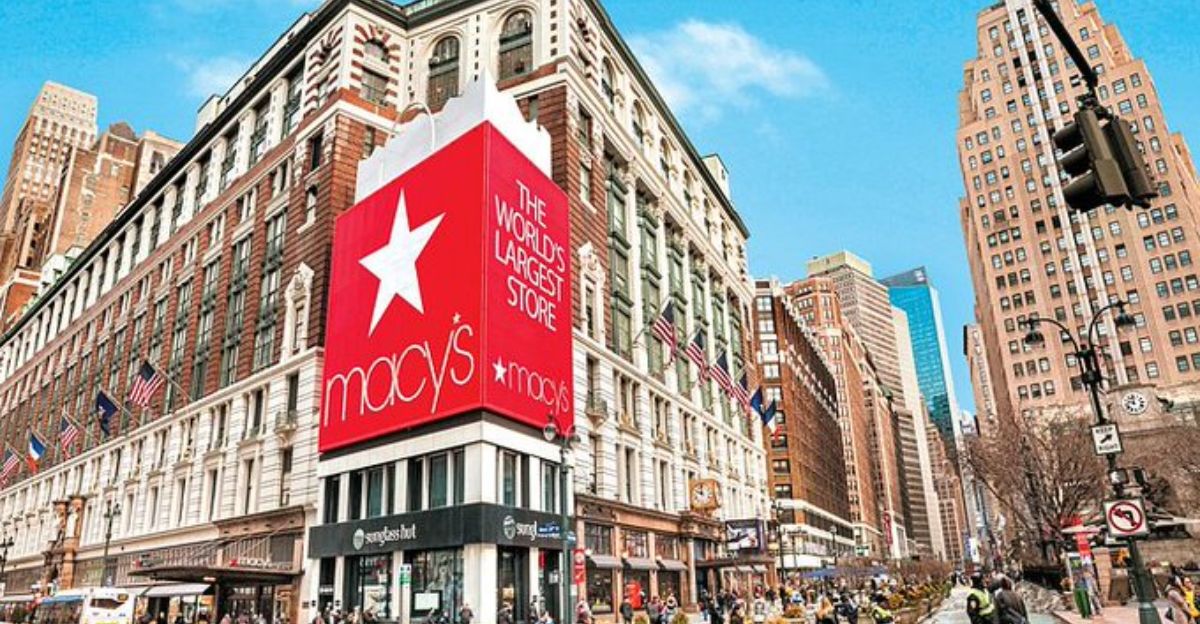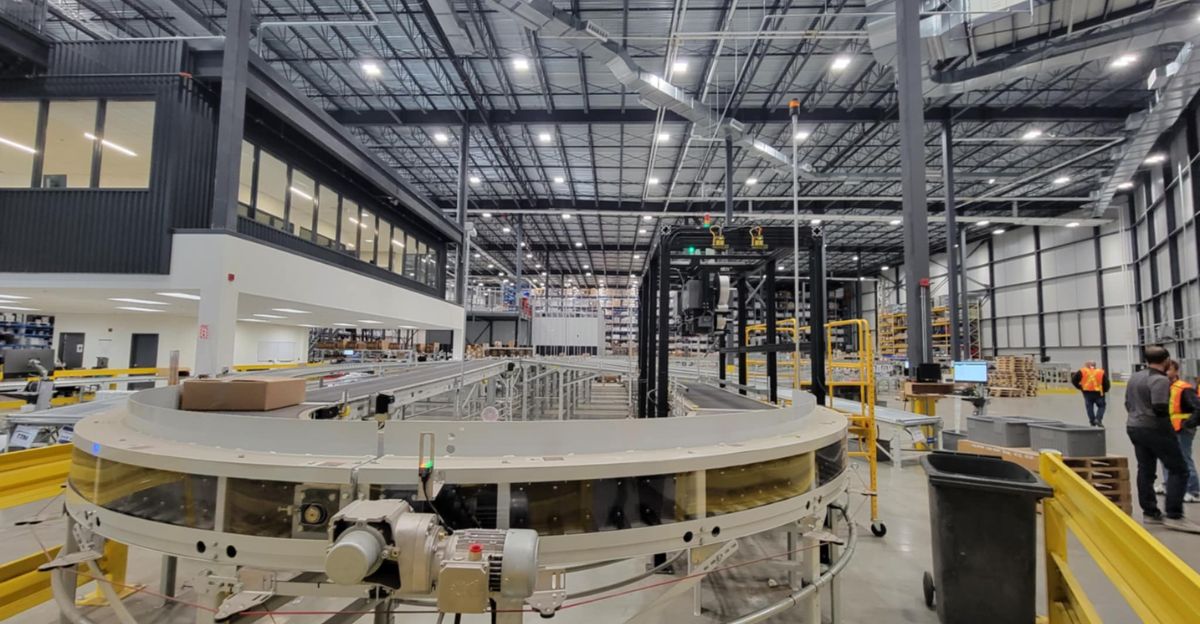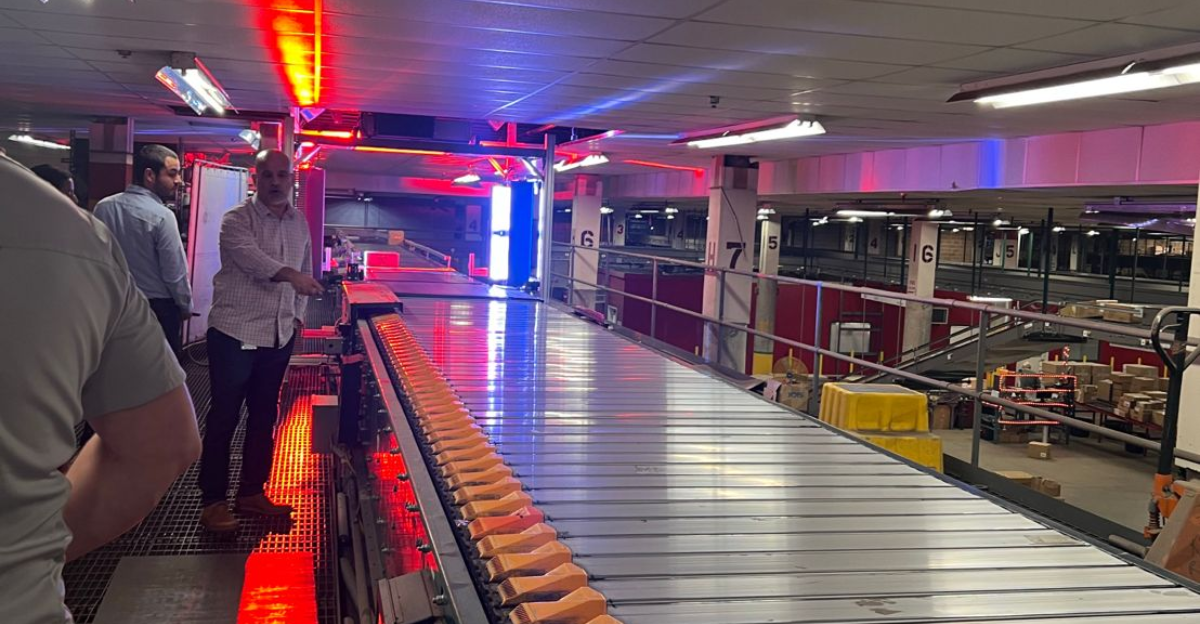
Macy’s decision to shutter its Backstage distribution operations in South Windsor, Connecticut, marks a significant turning point for the company and the local community. The move, announced in late October 2025, will result in the permanent layoff of 106 employees, affecting a wide range of roles from warehouse associates to managers. While Macy’s frames the closure as part of a broader modernization effort, the impact will be felt far beyond the facility’s walls, touching families, local businesses, and the region’s economic landscape.
Who Is Affected and How

The layoffs target workers directly involved in Backstage product flow, including warehouse staff, equipment operators, trainers, coordinators, and management. These roles are integral to the distribution of Macy’s off-price merchandise, which supports nearly 300 store locations nationwide. With no union protections and limited opportunities for relocation, affected employees face immediate challenges in a labor market that offers few comparable positions. The timing of the layoffs—scheduled between December 28, 2025, and January 10, 2026—places additional strain on workers, as it coincides with a period when hiring typically slows after the holiday season.
Macy’s has provided the legally required 60 days’ notice under the WARN Act, informing staff through internal communications that Backstage operations will close permanently and that their roles will not return. While the company has promised severance information and access to openings at nearby Macy’s locations, details remain scarce, leaving many workers uncertain about their next steps.
Corporate Strategy and the Push for Efficiency

The South Windsor closure is part of Macy’s “Bold New Chapter” strategy, unveiled by CEO Tony Spring in early 2024. This plan aims to overhaul operations, close underperforming sites, and invest in customer experience. Macy’s leadership has emphasized that these changes are necessary to address declining sales—net sales fell 3.5 percent in fiscal 2024 to $22.3 billion—and to respond to pressure from activist investors demanding stronger financial discipline.
Central to the strategy is the adoption of automation and the consolidation of logistics. Sean Barbour, Senior Vice President of Supply Chain Operations, has highlighted the company’s investment in automated systems at other sites, which increase efficiency but reduce the need for manual labor. The Backstage distribution work previously handled in South Windsor will be centralized at a dedicated hub in Columbus, Ohio, established in 2018 and now employing about 400 workers. This shift allows Macy’s to manage national inventory through a single, technologically advanced site, reflecting a long-term move toward greater efficiency and cost savings.
The Rise of Automated Fulfillment Centers

Macy’s modernization efforts extend beyond Ohio. The company recently opened a highly automated, 2.5-million-square-foot fulfillment center in China Grove, North Carolina. This facility uses robotics, automated storage, and AI-driven systems to boost productivity and streamline operations. The scale and sophistication of the North Carolina center exemplify the model Macy’s intends to replicate across its network, explaining why older, less efficient locations like South Windsor are being phased out.
Industry Trends and Competitive Pressures
Macy’s is not alone in its pursuit of supply chain consolidation and automation. Major retailers such as Walmart and Amazon have also streamlined their fulfillment operations in response to changing consumer habits and increased competition from online shopping. Analysts estimate that such consolidation can reduce overhead by roughly 20 percent, a figure that underscores the financial incentives driving these decisions.
The closure of South Windsor’s Backstage operations is emblematic of a broader industry trend toward centralization and technological investment. As retailers adapt to new market realities, local jobs are often sacrificed in favor of efficiency and shareholder value. For the workers displaced by these changes, opportunities within the same industry may be limited, highlighting the human cost of modernization.
Community Impact and Regional Implications
The economic consequences for South Windsor are substantial. The loss of approximately four to five million dollars in annual wages will likely lead to reduced local spending and lower tax contributions. While the town’s diverse employer base may soften the blow, households directly tied to Macy’s will feel the effects most acutely. The closure also marks a strategic shift away from older regional distribution hubs in the Northeast, signaling new geographic priorities based on store performance and customer demand.
The Columbus facility’s advantages—favorable tax structures and proximity to major transportation hubs—make it a logical center for Macy’s off-price logistics. As the company continues to consolidate operations, other locations may face similar fates, with further adjustments possible as Macy’s refines its strategy.
Looking Ahead: Balancing Progress and Impact

Macy’s Backstage closure in South Windsor is part of a national realignment of the company’s supply chain, driven by the need for efficiency and financial stability. While the move may strengthen Macy’s competitive position, it comes at a significant cost to workers and the local community. As the company advances its modernization agenda, the experiences of those affected offer a sobering reminder of the trade-offs inherent in operational progress. The stakes for South Windsor—and for retail workers nationwide—will depend on how Macy’s and its peers balance innovation with responsibility in the years ahead.